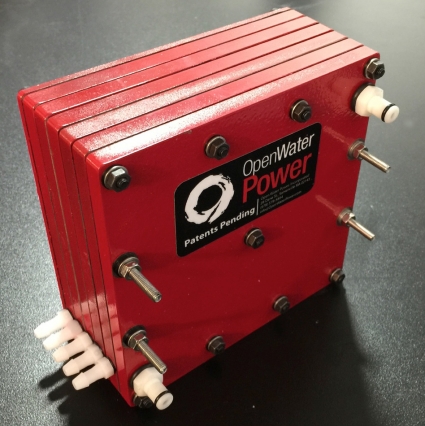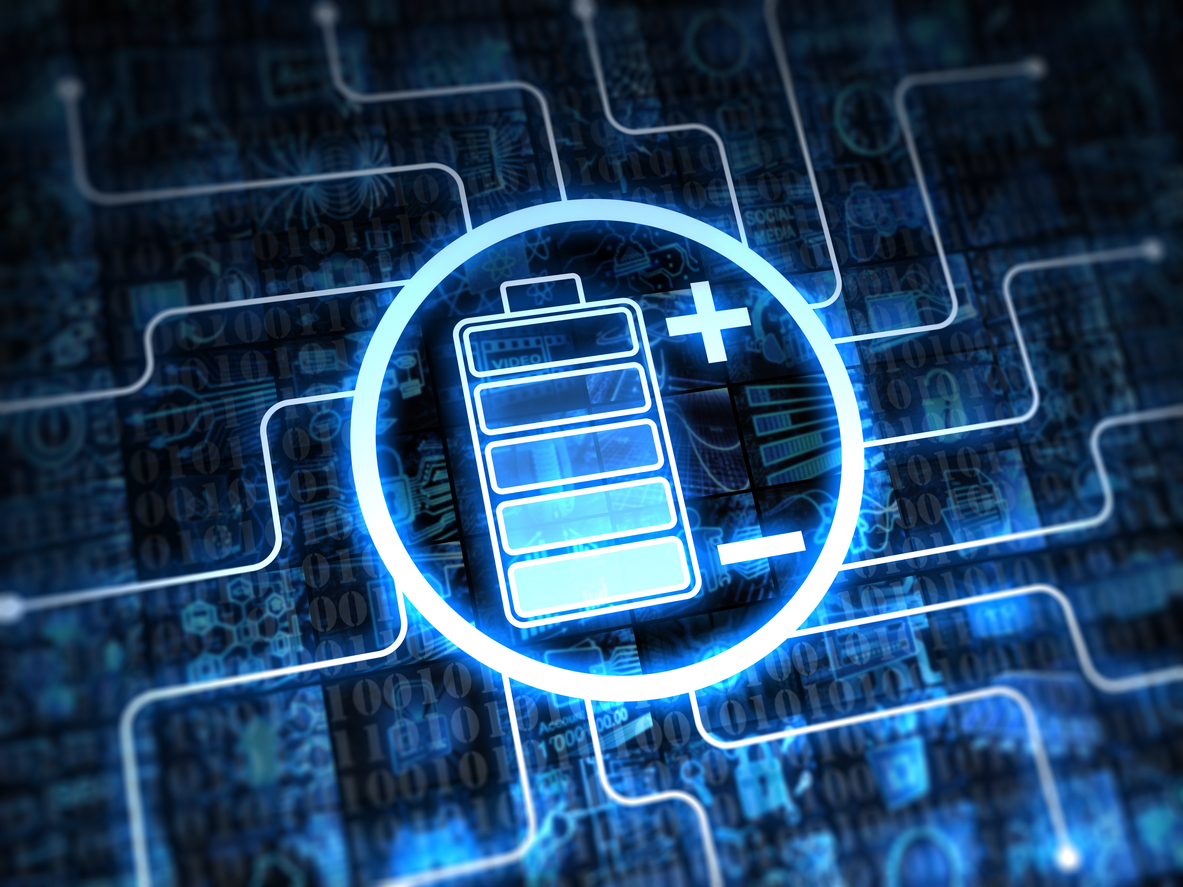 A new development in electrolyte chemistry, led by ECS member Shirley Meng, is expanding lithium-ion battery performance, allowing devices to operate at temperatures as low as -60° Celsius.
A new development in electrolyte chemistry, led by ECS member Shirley Meng, is expanding lithium-ion battery performance, allowing devices to operate at temperatures as low as -60° Celsius.
Currently, lithium-ion batteries stop operating around -20° Celsius. By developing an electrolyte that allows the battery to operate at a high efficiency at a much colder temperature, researchers believe it could allow electric vehicles in cold climates to travel further on a single charge. Additionally, the technology could allow battery-powered devices, such as WiFi drones, to function in extreme cold conditions.
(MORE: Read ECS’s interview with Meng, “The Future of Batteries.”)
This from UC San Diego:
The new electrolytes also enable electrochemical capacitors to run as low as -80 degrees Celsius — their current low temperature limit is -40 degrees Celsius. While the technology enables extreme low temperature operation, high performance at room temperature is still maintained. The new electrolyte chemistry could also increase the energy density and improve the safety of lithium batteries and electrochemical capacitors.



 In an effort to increase security on airplanes, the U.S. government is considering expanding a ban on lithium-ion based devices from cabins of commercial flights, opting instead for passengers to transport laptops and other electronic devices in their checked luggage in the cargo department. However, statistics from the Federal Aviation Administration suggest that storing those devices in the cargo area
In an effort to increase security on airplanes, the U.S. government is considering expanding a ban on lithium-ion based devices from cabins of commercial flights, opting instead for passengers to transport laptops and other electronic devices in their checked luggage in the cargo department. However, statistics from the Federal Aviation Administration suggest that storing those devices in the cargo area  In 2016,
In 2016,  The consumer demand for seamless, integrated technology is on the rise, and with it grows the Internet of Things, which is expected to grow to a
The consumer demand for seamless, integrated technology is on the rise, and with it grows the Internet of Things, which is expected to grow to a  Lithium-ion batteries power a vast majority of the world’s portable electronics, but the magnification of recent safety incidents have some looking for new ways to keep battery-related hazards at bay. The U.S. Navy is one of those groups, with chemists in the U.S. Naval Research Laboratory (NRL) unveiling a new battery, which they say is both safe and rechargeable for applications such as electric vehicles and ships.
Lithium-ion batteries power a vast majority of the world’s portable electronics, but the magnification of recent safety incidents have some looking for new ways to keep battery-related hazards at bay. The U.S. Navy is one of those groups, with chemists in the U.S. Naval Research Laboratory (NRL) unveiling a new battery, which they say is both safe and rechargeable for applications such as electric vehicles and ships.